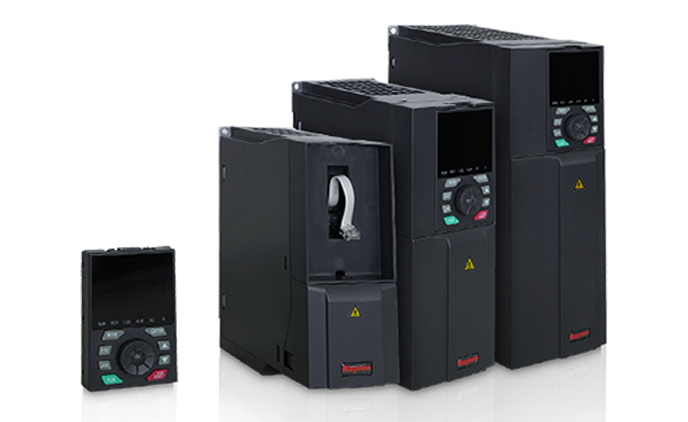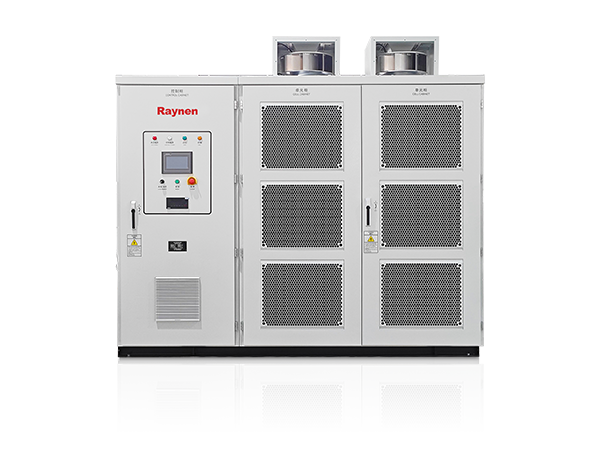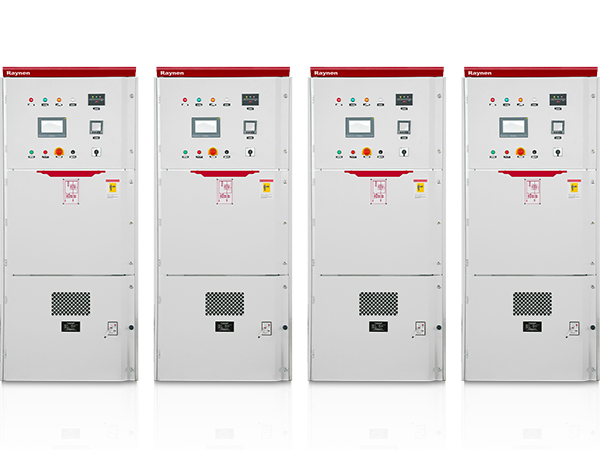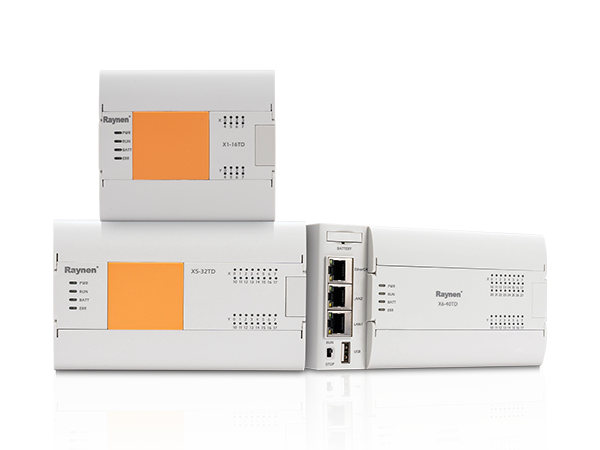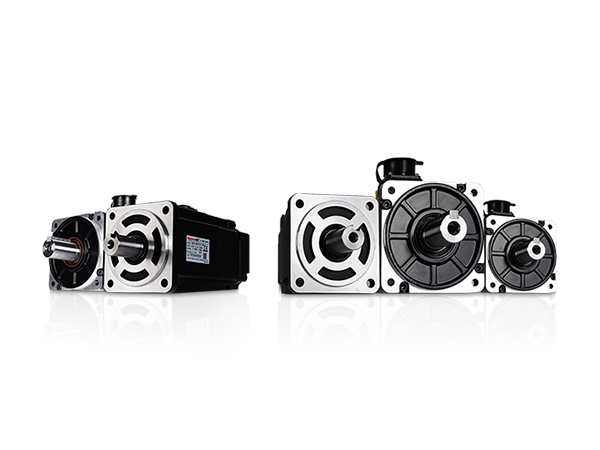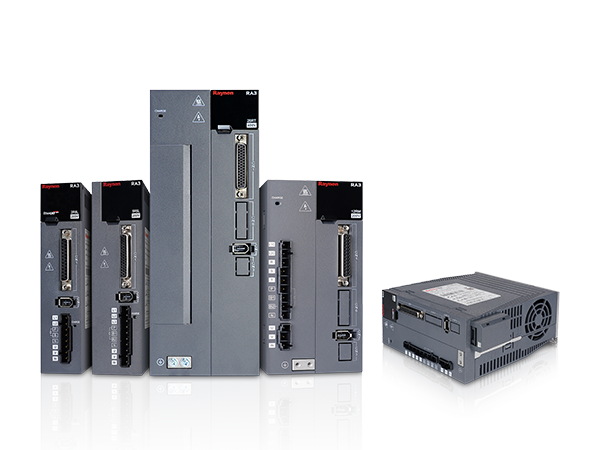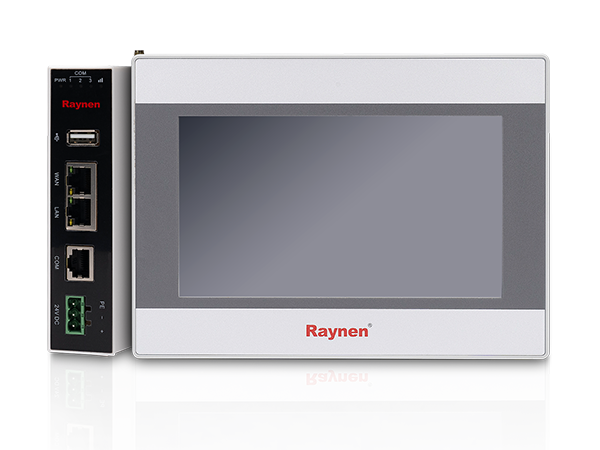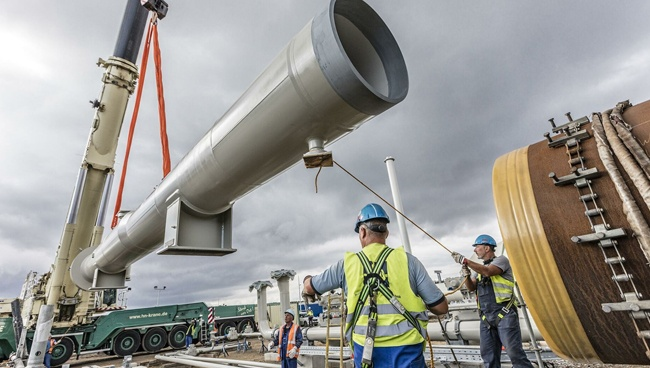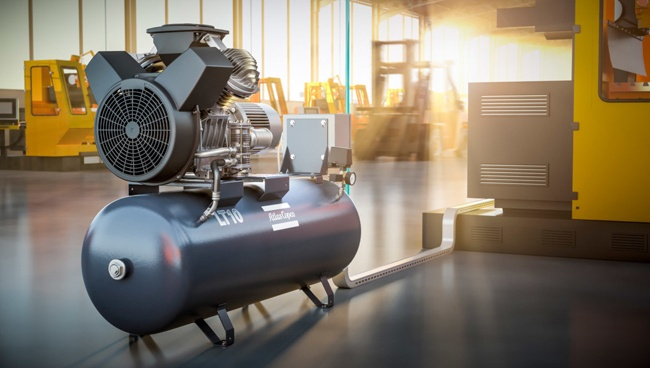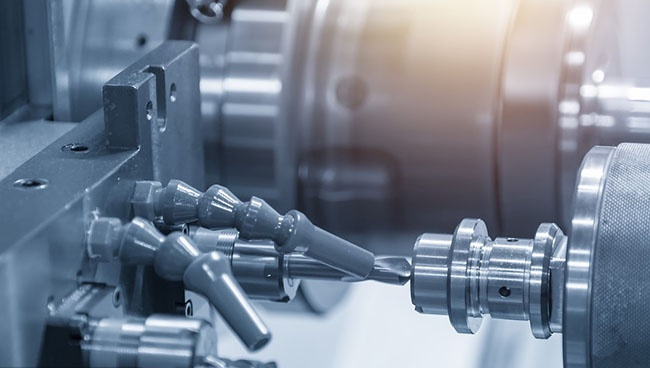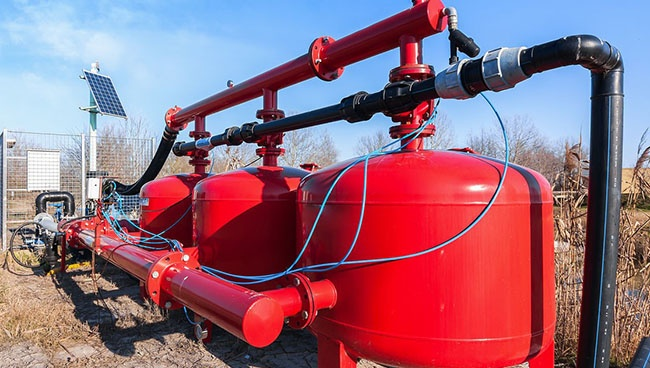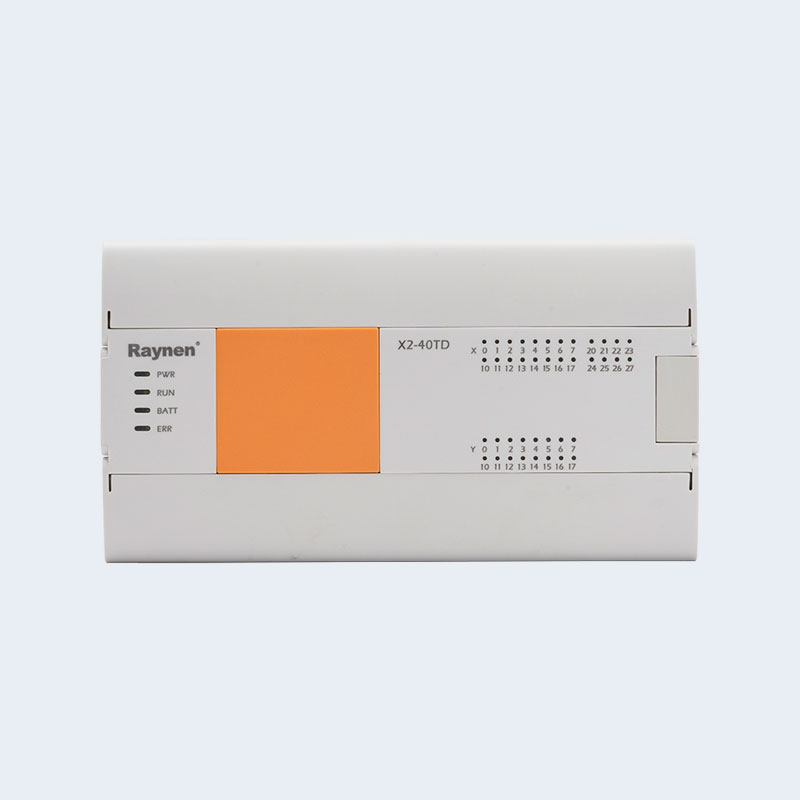1.Introduction to AC Drives (Variable Frequency Drives) In the realm of modern industrial control an......
READ MOREA Deep Dive into Programmable Logic Controllers (PLCs)
In the world of industrial automation, a key component stands out for its pivotal role in controlling machines and processes: the Programmable Logic Controller (PLC). Often described as the “brain” of a factory floor, a PLC is a rugged, specialized computer designed to operate reliably in harsh industrial environments. Unlike a standard desktop computer, which is built for general tasks, a PLC is engineered for real-time control, monitoring, and data acquisition. Its ability to execute logic, timing, and sequencing functions with unwavering precision is what makes it indispensable for a vast range of applications, from manufacturing and robotics to HVAC systems and traffic lights.
The Architecture of a PLC
At its core, a PLC system consists of several essential components working in unison:
- Central Processing Unit (CPU): The brain of the PLC, the CPU contains the processor and memory. It’s responsible for executing the control program, performing logical operations, and managing communication. The CPU constantly scans the inputs, executes the control program, and updates the outputs. This cyclical process, known as the “scan cycle,” is fundamental to real-time control.
- Input/Output (I/O) Modules: These modules serve as the PLC’s interface with the physical world. Input modules receive signals from sensors, pushbuttons, and switches, converting these real-world signals into digital data that the CPU can understand. Output modules do the reverse, converting digital signals from the CPU into control signals that operate devices like motors, solenoids, lights, and valves. The flexibility of I/O modules allows a PLC to be customized for specific applications.
- Power Supply: Provides the necessary DC power to the CPU and I/O modules. It’s designed to be robust and stable, ensuring continuous operation even in environments with electrical noise or voltage fluctuations.
- Programming Terminal: A computer or handheld device used by an engineer or technician to create, modify, and monitor the PLC’s control program. Modern PLCs are typically programmed using standardized languages defined by the IEC 61131-3 standard, with Ladder Diagram (LD) being the most common.
How a PLC Works: The Scan Cycle
The operation of a PLC is governed by its continuous scan cycle, which typically follows these steps:
- Input Scan: The PLC reads the status of all input devices connected to its input modules. It essentially takes a “snapshot” of the current state of the physical world.
- Program Execution: The PLC executes the user-written control program, or logic. It processes the instructions in a top-down, left-to-right manner, using the input data from the previous step to determine the required output states.
- Output Scan: Based on the results of the program execution, the PLC updates the status of its output modules. This action sends control signals to the connected output devices, causing them to turn on or off, start or stop, etc.
- Housekeeping: The PLC performs internal diagnostics and communication tasks, preparing for the next scan cycle.
This rapid and continuous cycle, often completed in milliseconds, ensures that the PLC can respond to changes in the industrial environment almost instantaneously, making it ideal for processes that require precise and timely control.
Why Choose a PLC? Key Advantages
The widespread adoption of PLCs is due to their numerous benefits over traditional relay-based control systems:
- Reliability and Durability: PLCs are built to withstand extreme temperatures, vibrations, dust, and electrical interference. Their solid-state design means they have no moving parts, significantly reducing the chance of mechanical failure.
- Flexibility and Ease of Modification: The logic of a PLC is stored in software. If a change is needed in the control process, a technician simply modifies the program on the computer rather than physically rewiring a complex relay panel. This saves immense time and effort.
- Troubleshooting and Diagnostics: PLCs provide powerful diagnostic tools. Status indicators on I/O modules and software-based monitoring allow technicians to quickly identify and pinpoint faults, minimizing downtime.
- Scalability: PLCs can be scaled up or down by simply adding or removing I/O modules, allowing them to control simple machines or entire complex production lines.
- Advanced Functionality: Modern PLCs are far more than just logic solvers. They offer advanced capabilities like data logging, communication networking (e.g., Ethernet/IP, Profibus), motion control, and integration with HMI (Human-Machine Interface) and SCADA (Supervisory Control and Data Acquisition) systems.
The Programmable Logic Controller is more than just a piece of hardware; it is the cornerstone of modern industrial automation. Its combination of rugged design, precise control, and software-based flexibility has enabled businesses to achieve unprecedented levels of efficiency, safety, and productivity. As industries continue to embrace smart manufacturing and the Industrial Internet of Things (IIoT), the role of the PLC will only become more integrated and essential.

 English
English Español
Español عربى
عربى

